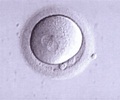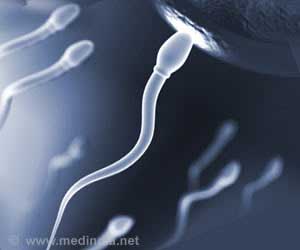The out of the ordinary sex life of the African naked mole-rat is helping scientists comprehend how stress can lead to infertility in humans.
Washington, The out of the ordinary sex life of the African naked mole-rat is helping scientists comprehend how stress can lead to infertility in humans.
Mole-rats are blind, hairless, and live in large colonies underground where they are ruled over by a “queen”.In a new study, scientists, by examining these creatures, are hoping to learn more about how stress affects fertility in both men and women, a subject which is still inadequately understood.
The naked mole-rat lives in colonies of between 100-300 animals, but only the “queen” reproduces, suppressing fertility in both the females and the males around her by bullying them.
“The queen exerts her dominance over the colony by, literally, pushing the other members of the colony around. She ‘shoves’ them to show who’s boss. We believe that the stress induced in the lower-ranking animals by this behaviour affects their fertility. There appears to be a total block to puberty in almost all the non-breeding mole-rats so that their hormones are kept down and their reproductive tracts are under-developed,” Dr Chris Faulkes, a senior lecturer at the School of Biological & Chemical Sciences, Queen Mary, University of London, said.
“Currently, we think that the behavioural interactions between the queen and the non-breeders are translated into the suppression of certain fertility hormones (luteinizing and follicle stimulating hormones).
In the non-breeding females this has the effect of suppressing the ovulatory cycle, while in the non-breeding males it causes lower testosterone concentrations, and lower numbers of sperm. In most non-breeding males, sperm that are present are non-motile,” Dr Faulkes added.
The queen also appeared to exert control over breeding males, so their testosterone levels are kept down until she is ready to mate. However, the stress-related block to fertility was reversible, said Dr Faulkes. When the queen died, other non-breeding but high-rank females fought for dominance. The winner became the new queen and rapidly became reproductively active.
Social stress acts through brain pathways that control reproductive hormones which are likely to be similar in both animals and humans, said Dr Faulkes.
“Social suppression of reproduction in marmoset monkeys is very similar to that in naked mole-rats, and as these are primates the applications to understanding human stress-related infertility aren’t so far fetched,” he said.
“Humans also vary widely in the way in which they form social bonds with their partners, offspring and kin. By making careful comparisons with model species like mole-rats, we may be able to tease apart the relative contribution of genes, environment, up-bringing and culture to complex social behaviour in our own species,” he added.
Dr Faulkes presented the research at the annual meeting of the European Society of Human Reproduction and Embryology (ESHRE) in Lyon, France.
Source-ANI
LIN/M











